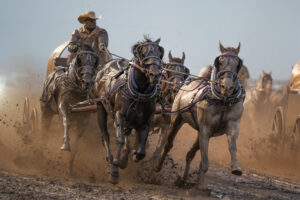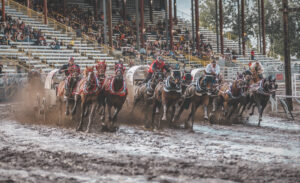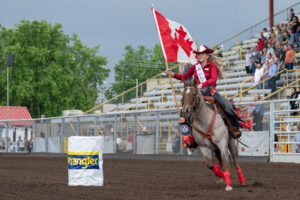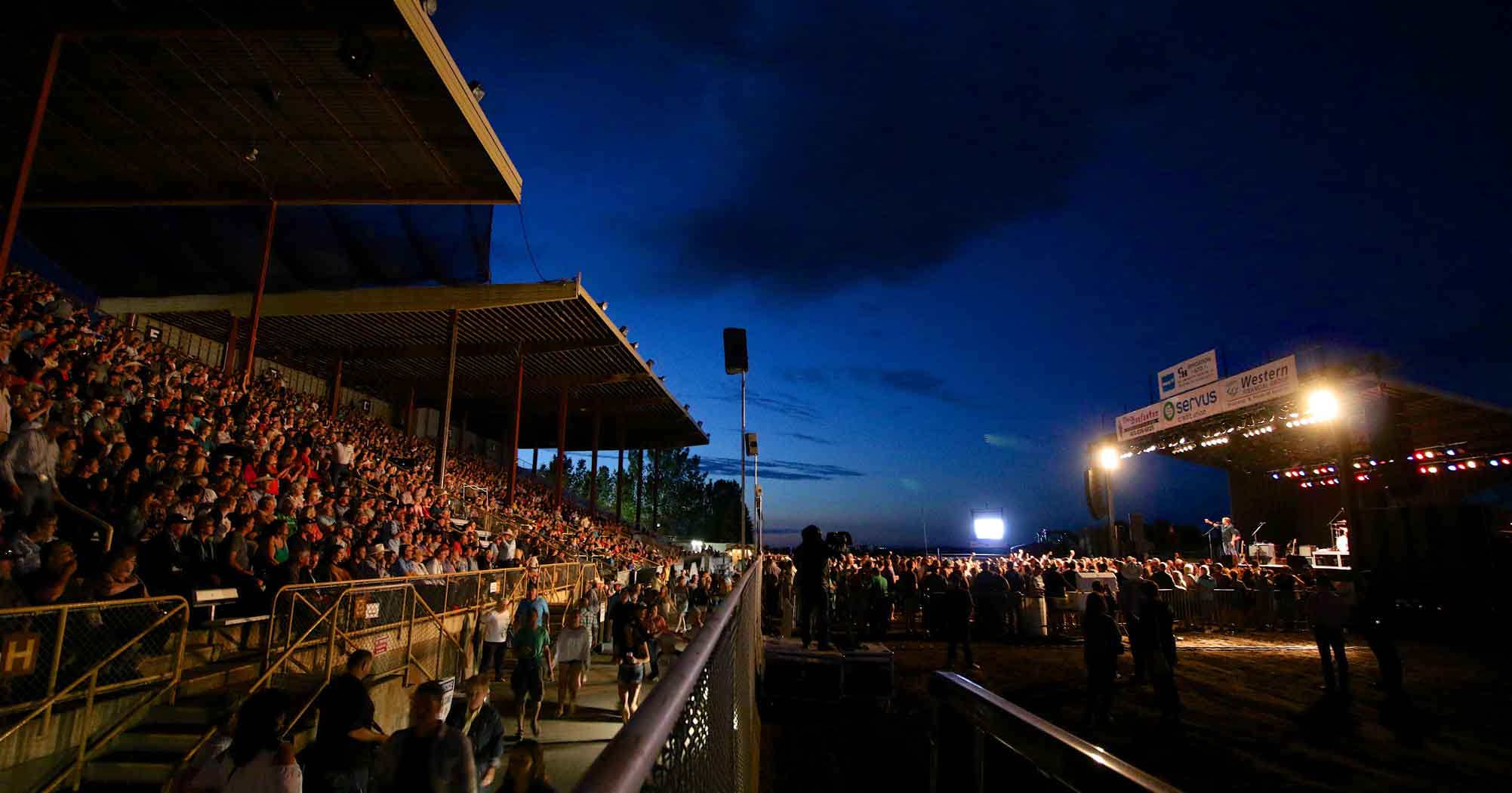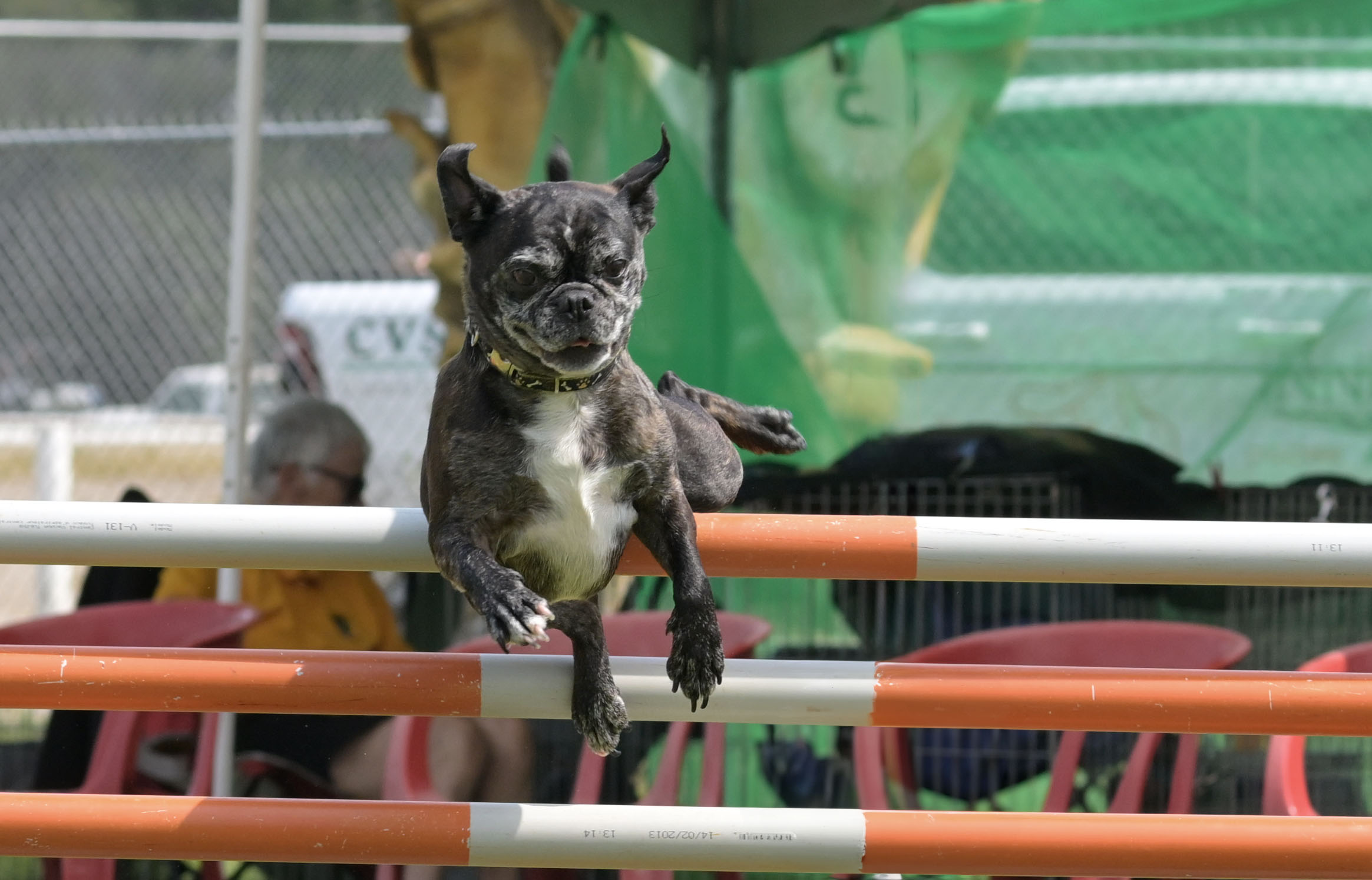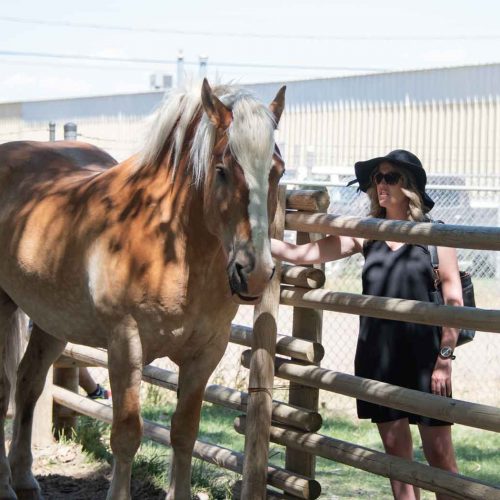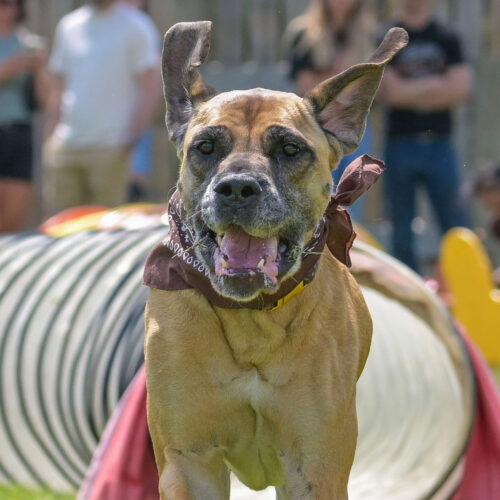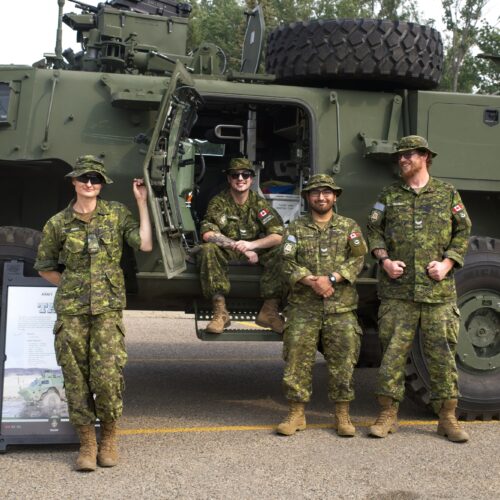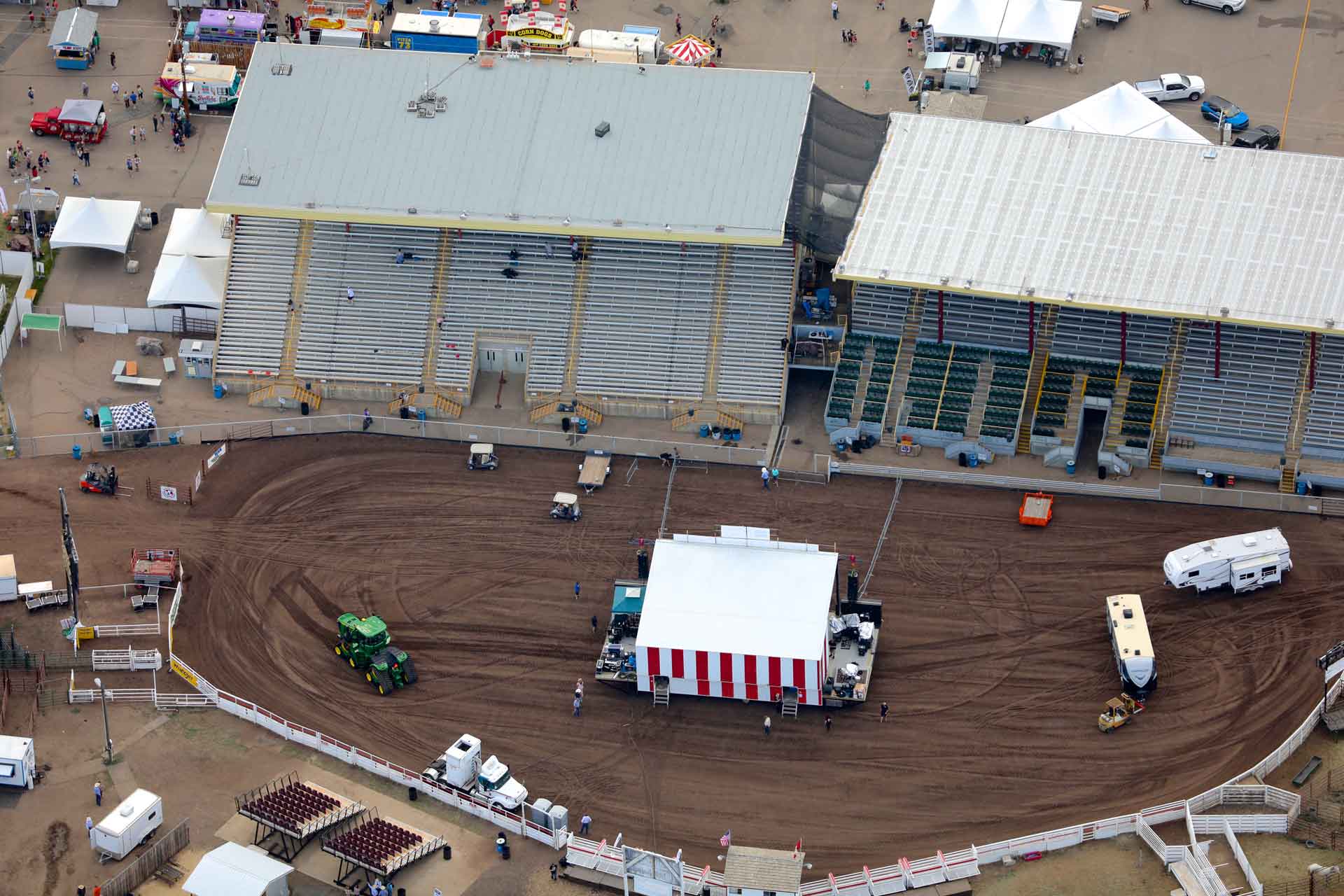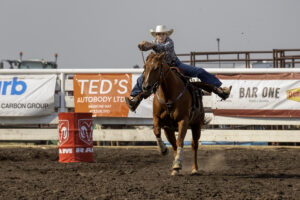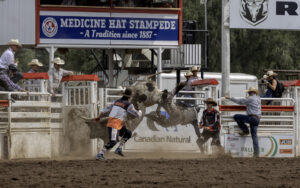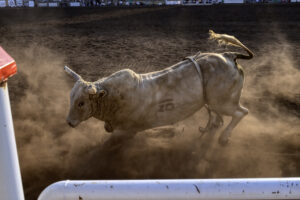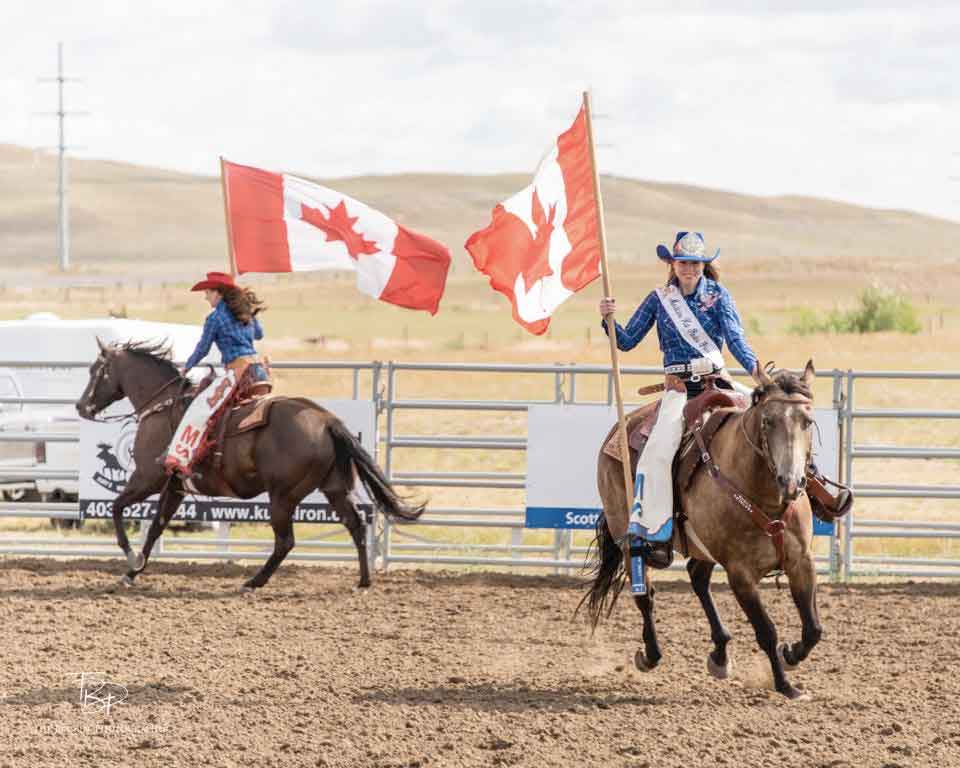The Medicine Hat Exhibition & Stampede is thrilled to announce its 2025 Summer Night Show Lineup, featuring Doc Walker on Wednesday, July 23, Tim & The Glory Boys on Thursday, July 24, and a Saturday performance by Wide Mouth Mason & Crash Test Dummies on July 26.
Night Show ticket packages go on sale with early bird pricing on Thursday, Feb. 27, with a ticket to all three concerts for only $109. Ticket packages purchased after March 14 will be $129.
Tickets to all of the Stampede’s other events will also go on sale Thursday, Feb. 27. Individual concert tickets will go on sale at a later date.
Doc Walker, presented by WILD 94.5 – Wednesday, July 23 – 7:30 p.m.
Back at the start of the 1990s, a country band from the town of Westbourne, Manitoba appeared on the scene. It was fronted by singer/guitarist Chris Thorsteinson and began building a reputation the traditional “weddings, parties, anything” way. In 1994, Thorsteinson recruited his childhood friend, singer/guitarist Dave Wasyliw, and the pair quickly established a formidable songwriting partnership that now after nearly three decades has resulted in a Juno Award, 14 Canadian Country Music Association Awards, 21 Top 10 Canadian country radio singles, eight #1 CMT videos and millions of streams.
Tim & The Glory Boys, presented by WILD 94.5 – Thursday, July 24 – 9 p.m.
Formed in 2013, Tim & The Glory Boys’ Tim Neufeld (lead vocals, acoustic guitar), Colin Trask (dobro/percussionist) and Brenton Thorvaldson (banjo/guitar) call their boot-stompin’ sound “canoegrass,” a nod to both their bluegrass roots and the rustic country Canadiana the band have more recently begun exploring to great success. This sound anchors the band’s new self-titled full-length debut album for Sony Music Entertainment Canada.
The two-time JUNO Award winners have also become mainstays at the Canadian Country Music Association Awards, having been nominated in 2021 for Group of the Year and Rising Star, nominated again in 2022 for Group of the Year, and in 2023 won both Album of the Year and Music Video of the Year.
Crash Test Dummies with Wide Mouth Mason, presented by JACK 102.1 and 105.3 ROCK – Saturday, July 26 – 7:30 p.m.
With one of the most recognizable voices in Canadian music history, alternative rock band Crash Test Dummies are a three-time Grammy nominated and JUNO award-winning group, who soared to the top of the worldwide charts in the early 1990’s with hits “Mmm, Mmm, Mmm, Mmm” and “Superman’s Song”. Their cover of “The Ballad of Peter Pumpkinhead” was a highlight of the soundtrack to the blockbuster film, “Dumb and Dumber”, while simultaneously reaching #4 on the US Top 100 album charts. All of their releases keep the same folk-hued, alternative spirit of their early sound, centering around the distinct baritone of frontman Brad Roberts and Ellen Reid’s folk-rock fusion.
Hailing from Saskatoon, Wide Mouth Mason is a blues/rock/roots trio renowned for their fluid, agile musicianship and dynamic live performances.
Shaun Verreault on lead vocals, guitar and 3-slide lap steel, and Safwan Javed on drums and percussion have produced a decades-deep catalogue including many rock radio hits, multiple gold records, and a track on the classic million+ selling Big Shiny Tunes 2 album.
Wide Mouth Mason has played clubs, theatres, arenas and festivals, toured with The Rolling Stones, AC/DC, and ZZ Top, and appeared in the Al Pacino/Colin Farrell film The Recruit and its soundtrack.
All tickets purchased prior to Tuesday, July 22nd, 2025 @ 11:59 p.m. include gate admission.
